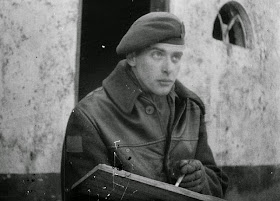Coins are not really intened to be collected, as then you can't "exchange" the token for what you need. However as banks started to emit commemorative coins, people started to keep those coins apart and collecting was born.
From the 60's of the 20th Century on, coin collecting had become a widespread phenomenon, in such an amount, that banks started to have problems minting enough coins to keep u with the demand.
As regular circulation coins also contained silver, the demand was becoming too high.
In 1967 Canada issued its last silver coin dollar, by 1968 all Canadian dollars were made out of 100% nickel, and at the same time, the dollar coins were reduced in size too.
This article will deal with the last set of silver commemorative coins (so not only the dollar-coin) that was issued in Canada in 1967.
In 1967, Canada celebrated the centennial of the Confederation.
A set of 6 coins was issued, from 1 cent to 1 Canadian Dollar.
The back side of each coin is quite simple, Queen Elisabeth II, head of state of Canada.
For the front side of the coins, a competition was opened in 1964, by the the Minister of Finance, Walter L. Gordon. The competition open to artists, sculptors and designers residing in Canada or to Canadians living abroad would be held for the submission of coinage designs. A $2,500.00 First Prize was offered for the winning designs in each of the six coinage denominations (One Cent, Five Cents, Ten Cents, Twenty-Five Cents, Fifty Cents and Silver Dollar).
The competition ended on March 31, 1965 and the over-all winner was the 44 years old artist David Alexander Colville, born on 24 Aug 1920 in Toronto.
 |
| David A. Colville - 1920 - 2013 |
 |
| Infantry in Nijmegen by D.A. Colville |
... to be continued ...


No comments:
Post a Comment